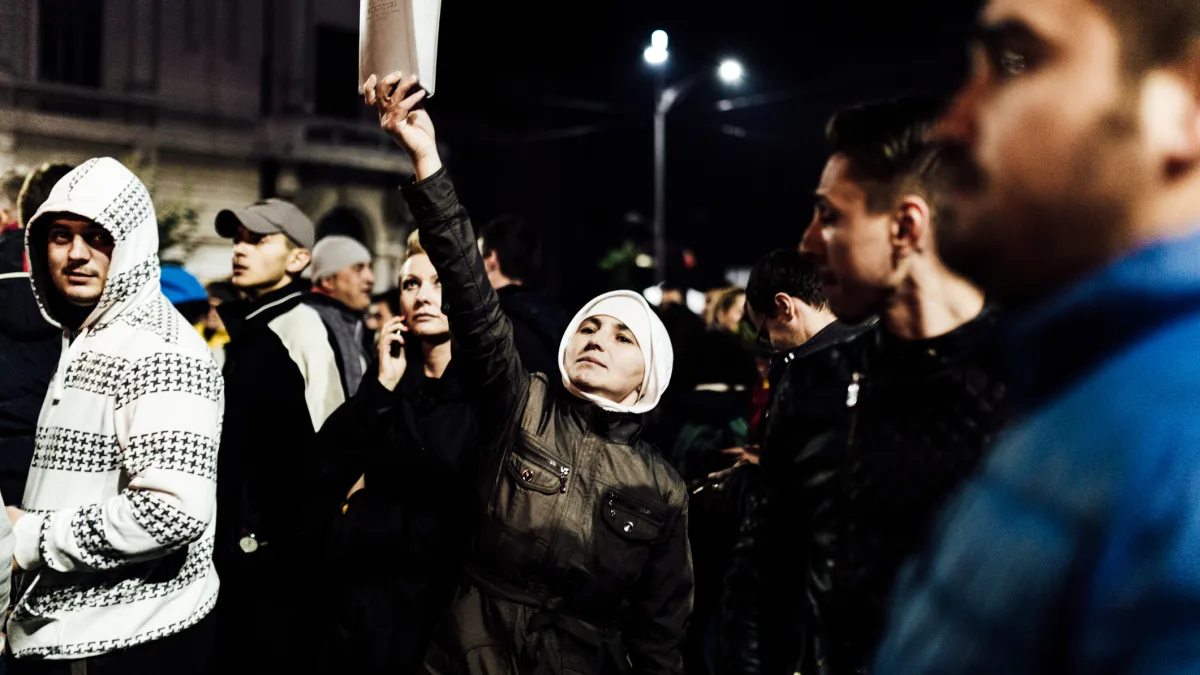In the summer of 2015 Alexis Tsipras, the firebrand prime minister of Greece, brought his country to the brink of financial collapse.
Capital controls were imposed, banks shuttered, and Greeks could withdraw only 60 euros a day from cash machines. The Greek government missed its 1.6 billion euros payment to the IMF when its bailout expired on June 30. This made it the first developed country to effectively default to the Fund. Many predicted ‘Grexit’—Greece’s ignominious exit from the euro.
Ten years on, and the transformation is remarkable. According the European Commission, the Greek economy is expected to expand by 2.3 per cent in 2025 and 2.2 per cent in 2026. The continues a growth streak that has outpaced the eurozone average since 2021.
The Economist ranked Greece the world’s top economic performer for 2022 and 2023, citing significant improvements in five key economic and financial indicators. Tourism has roared back to life. Tourist arrivals exceeded 36 million in 2024, a 10 per cent increase from 2023, generating revenues of around 22 billion euros. The debt-to-GDP ratio, once a terrifying 180 per cent, is expected to reach 140.6 per cent in 2026—still high, but falling steadily.
The darkest hour
To understand Greece’s recovery, grasping the depths of its despair its crucial. Greek GDP fell from 242 billion euros in 2008 to 179 billion euros in 2014, a 26 per cent decline. Even today, despite the undisputed progress, GDP per capita is still 22 per cent below the pre-crisis level.
The human cost of the crisis was devastating. Unemployment soared to 27 per cent at its peak. Wages and pensions were slashed. Hundreds of thousands of educated Greeks emigrated.
The crisis had deep roots. Pensions and social transfers increased by a whopping seven per cent of GDP from the time of euro adoption in 2001 to the eve of the crisis. The public wage bill rose by three per cent of GDP. When the music stopped in 2009, Greece faced a primary deficit of about 10 per cent of GDP. Even without paying interest on its debts, the government was spending far more than it collected.
Tough love
Greece’s creditors—the European Union, European Central Bank, and International Monetary Fund, collectively known as the troika—prescribed harsh medicine.
The country received three bailout programmes totalling nearly 300 billion euros between 2010 and 2018, still the largest financial rescue in history. In return, it had to implement sweeping reforms: pension cuts, tax rises, privatisations, and labour market liberalisation.
The political drama reached its denouement in 2015. On July 5, a 61 per cent majority voted to reject the bailout terms in a referendum called by Tsipras. Yet just days later, the government of Tsipras reached an agreement with the European authorities for a three-year-bailout. Ironically, the bailout came with even harsher austerity conditions than those already rejected by voters.
The U-turn was complete: the radical leftist who had promised to tear up the bailout memoranda became their enforcer.
The reforms have largely worked. In 2024, the general government balance significantly outperformed expectations and recorded a surplus of 1.3 per cent of GDP, a far cry from the massive deficits of the crisis years. It was the fifth consecutive year that Athens outperformed a 3.5 per cent primary surplus target, as a result of higher tax revenue and lower spending.
Tourism triumphant
If fiscal consolidation and bitter pills provided the foundation, tourism supplied the growth engine.
The last record high for Greece’s tourism sector was in 2019, prior to the Covid-19 pandemic, with 32 million visitors and 18 billion euros in revenues. After a pandemic-induced slump, the sector has not merely recovered but soared to new heights. The year 2024 marked a milestone for Greek tourism, with 35.9 million foreign visitors boosting tourism revenues to 21.7 billion euros.
The boom reflects both pent-up post-pandemic demand and Greece’s enduring appeal. But it also brings challenges. A survey presented at the Greek Tourism (SETE) conference late last year revealed that 72.5 per cent of Greeks are concerned about overtourism.
In response, the government has introduced visitor caps at the Acropolis and higher fees for cruise ship passengers visiting popular islands like Santorini and Mykonos.
Greece’s recovery would have been impossible without substantial debt relief from its European partners.
Solidarity, eventually
The dramatic lengthening of maturities and reduction in interest rates—which gave Greece AAA interest rates averaging around 1.8 per cent and eventually the best maturity profile of any advanced country exceeding 20 years on average—produced a significant easing of the debt burden. Interest payments fell from 12 billion euros in 2009 to about six billion euros in 2018.
Nevertheless, this solidarity came grudgingly and with strings attached. Northern European taxpayers, particularly Germans, resented bailing out what they saw as profligate Greeks. But European leaders, led by then German Chancellor Angela Merkel, ultimately concluded that the cost of Greek exit from the euro would be higher than the cost of keeping it in.
Beyond the headlines, Greece has undergone significant structural changes. More must be done, however. Strengthened vocational education and training, as well as better recognising prior learning and developing childcare capacity, are needed to mobilise larger parts of the working-age population and ease high labour shortages and skill mismatches.
The labour market has tightened dramatically, with the unemployment rate in February falling to to 8.6 per cent from the crisis peak of 27 per cent.
The financial sector has also been cleaned up. A comprehensive assessment and asset quality review of major Greek banks was carried out by the ECB in the autumn of 2015. Banks that once teetered on the brink of collapse have been recapitalised and reformed.
Model or mirage?
Greece’s recovery demonstrates that even the most desperate fiscal situations can be turned around with sufficient political will and external support.
Based on the budget, the Greek fiscal stance is expected to turn almost neutral in 2025, showing that austerity need not be permanent.
Yet Greece’s experience also serves as a warning. The social cost was enormous. A lost decade of growth, mass unemployment, and emigration. The IMF forecasts that it will not be until 2034 that GDP per capita returns to pre-crisis levels.
Moreover, Greece benefited from unique circumstances: membership of the euro (which prevented competitive devaluation but ensured continued access to hard currency), massive external support, and eventually, ultra-low interest rates.
Other countries—particularly those not members of the eurozone, might not be so lucky.
Nevertheless, Greece’s comeback from near-bankruptcy to growth champion is one of the more remarkable European economic stories of recent years.
Whether it can maintain this momentum while addressing its remaining vulnerabilities will determine if this is a lasting transformation or merely a cyclical upturn.
For now, though, the country that once symbolised European economic dysfunction has become an unlikely poster child for recovery. As Tsipras—who left office in 2019— might admit, hope has indeed come, though not quite in the form he originally imagined.
Photo: Dreamstime.







